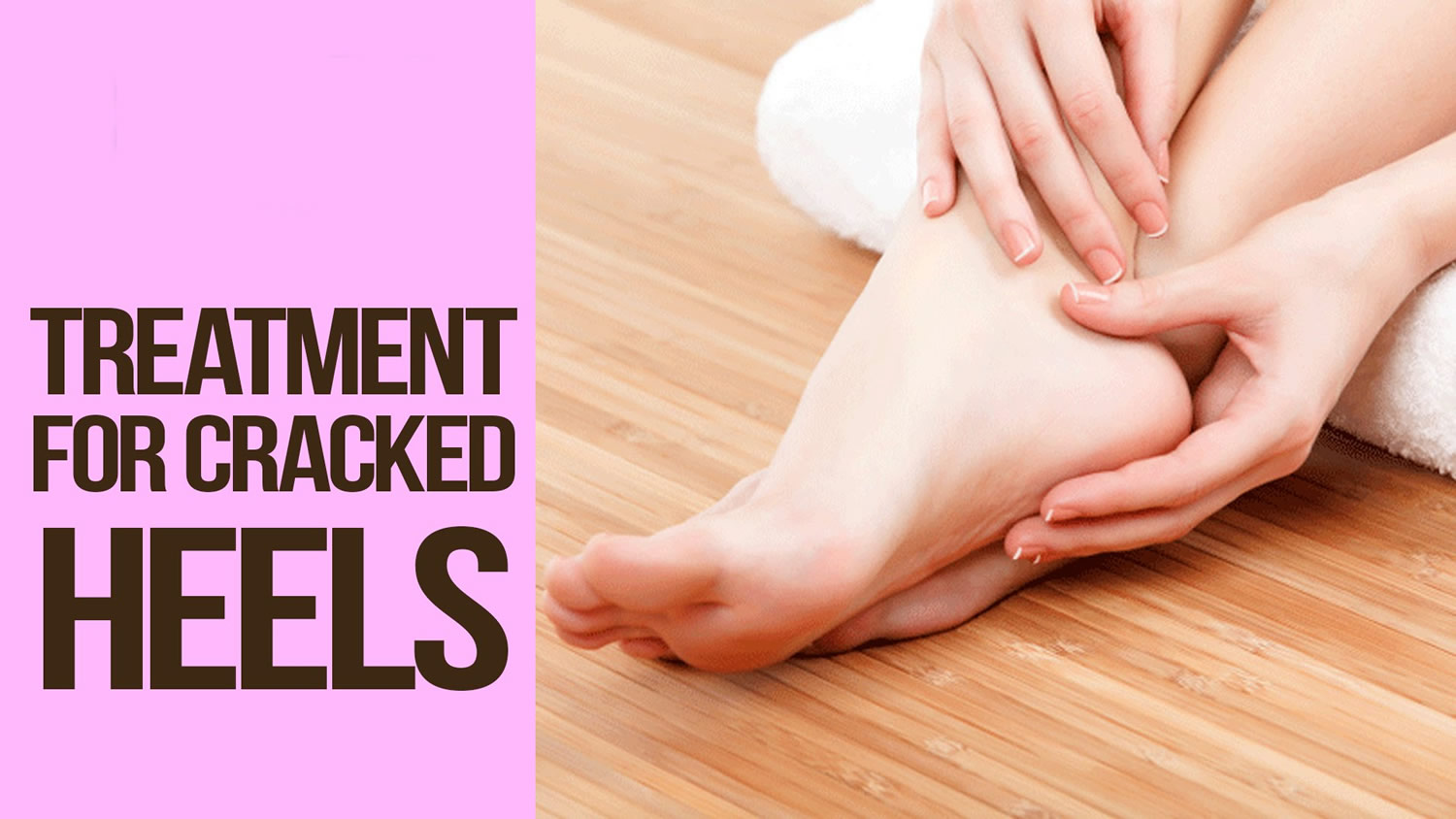Contents
What causes cracked heels
Cracked heels usually develop when the skin around the rim of the heel is dry and thickened and increased pressure applied to the fat pad under the heel causes the skin to split.
There are many potential causes of cracked heels. Dry skin (xerosis) is common and can get worse with wearing open-back shoes, increased weight or increased friction from the back of shoes. Dry, cracked skin can also be a subtle sign of more significant problems, such as diabetes or loss of nerve function (autonomic neuropathy).
Heels should be kept well moisturized with a cream to help reduce the cracking. If an open sore is noted, make an appointment with a doctor for evaluation and treatment.
Figure 1. Cracked heels

Cracked heels treatment
There are several things you can do to help heal the skin on your heels.
Moisturizers provide a seal over your skin to keep water from escaping and your skin from drying out. Try rubbing your heels with a thick moisturizer, such as Eucerin or Cetaphil, several times a day. Some moisturizers contain keratolytic agents — such as urea, salicylic acid or alpha hydroxy acid — that help soften and exfoliate the skin, but they may cause slight stinging or irritation.
Consider using petroleum jelly. This common, inexpensive product has several uses for moisturizing rough, cracked heels.
Foot soaks — in warm, plain or soapy water for about 20 minutes — may be helpful. Follow up with a loofah or foot scrubber, then coat your heels with a petrolatum-based ointment, such as Vaseline or Aquaphor. You might want to use petrolatum-based moisturizers before you go to bed, as they can feel a bit greasy. Slipping on a pair of socks over your moisturized feet may help lock in moisture overnight.
If these measures don’t help, or if your heels become swollen or inflamed, talk to your doctor or a dermatologist. You may need a prescription ointment with stronger moisturizers or a steroid cream to relieve inflammation. Bandages or a special tissue glue can protect and hold the edges of the cracks together so that they can heal. Wearing supportive shoes and losing excess weight also may help relieve pressure on your feet.
Medicine: When skin is extremely dry, your dermatologist may prescribe a medicine that you can apply to your skin. This may be a corticosteroid (cortisone-like) or an immune modulator (tacrolimus, pimecrolimus). These medicines tend to be quite good at relieving the itch, redness, and swelling. You also may need to use a moisturizer several times a day.
If you have other skin conditions, such as psoriasis or eczema, you’ll want to consult with your doctor as well, as this may affect treatment. If you have diabetes, it’s especially important to take good care of your feet. Cracked heels that are left untreated may lead to infection and ulcers.
Here are tips that can prevent dry cracked heels from getting worse
- Avoid walking barefooted. Always wear close fitted footwear.
- Do not use hot water. Hot water removes your natural skin oils more quickly. Warm water is best for bathing.
- Use a gentle cleanser. Soaps can strip oils from the skin. Stop using deodorant bars, antibacterial soaps, perfumed soaps, and skin care products containing alcohol, like hand sanitizers. Look for either a mild, fragrance-free soap or a soap substitute that moisturizes.
- Moisturize right after baths and showers. To lock in moisture from a bath or shower, apply a moisturizer while the skin is still damp.
- Soothe cracked heels. At bedtime, apply petroleum jelly. Other name for this ingredient is mineral oil.





